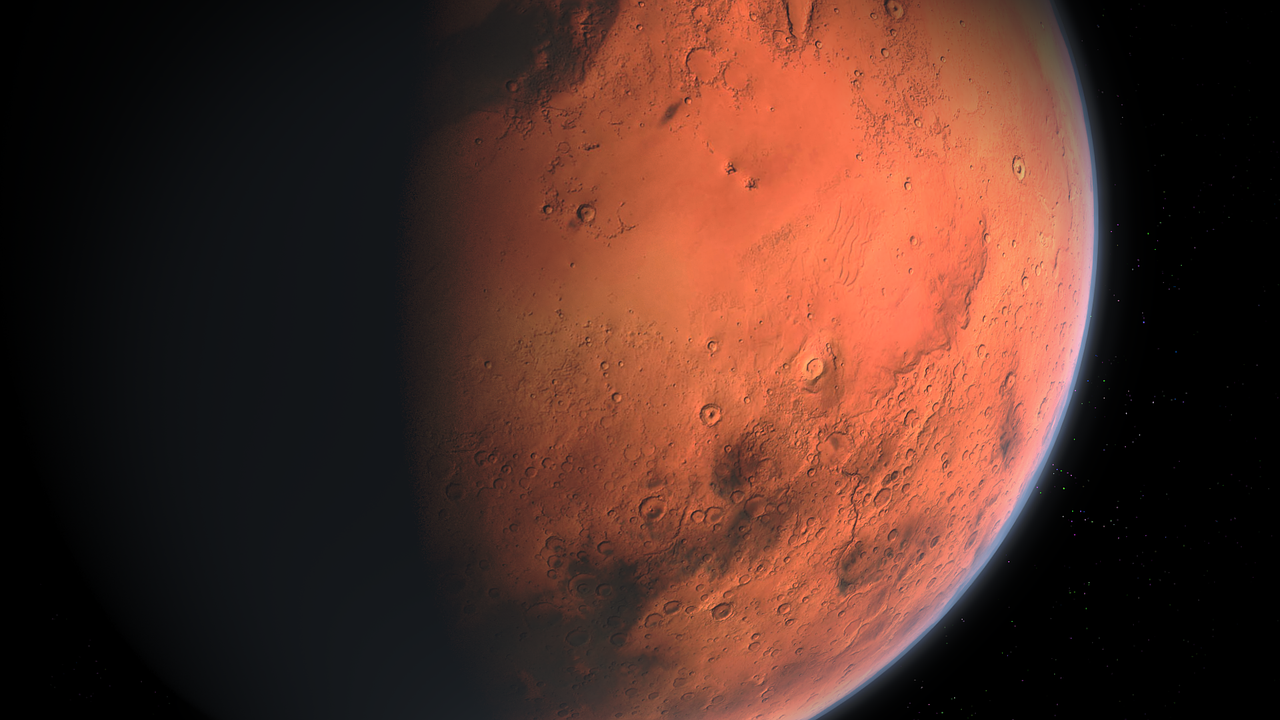This post is also available in:
 עברית (Hebrew)
עברית (Hebrew)
Scientists at the University of Warwick are developing artificial photosynthesis technology that could help support human life on planets like Mars and the Moon.
The groundbreaking artificial photosynthesis device will be able to harvest solar energy in space. It will convert renewable, clean energy from outside the Earth’s atmosphere to make space travel more sustainable. The researchers are hoping that this new technology will make colonizing the Moon and Mars a possible reality, and not only science fiction.
Sophia Haussener, Associate Professor at the Ecole Polytechnique Fédérale de Lausanne (EPFL), said: “In this study, we finally quantify the potential of such devices for extra-terrestrial use and provide initial design guidelines for their potential implementation.”
So how will artificial photosynthesis make space travel more sustainable? According to Innovation News Network, the research program will explore a special type of artificial photosynthesis device known as a semiconductor.
These semiconductors convert water into oxygen by using only sunlight and recycling carbon dioxide, as plants do on Earth. They are ideal for long-term space travel because they can directly utilize solar power and save on weight. This efficient and reliable energy source would be employed to power rockets and aid life support systems in producing oxygen and other essential chemicals while also recycling carbon dioxide.
According to Innovation News Network, this research will also help to improve the efficiencies of semiconductors on Earth and elevate the performance of traditional solar cells in space.
Katharina Brinkert, Assistant Professor at the University of Warwick’s Department of Chemistry, said: “Human space exploration faces the same challenges as the green energy transition on Earth: both require sustainable energy sources… With sunlight being so abundantly available in space, we have shown how this source could be used to harvest energy – much like plants back on Earth – for life support systems for long-term space travel. The technology could provide ample oxygen production and carbon dioxide recycling on both Moon and Mars.”


























